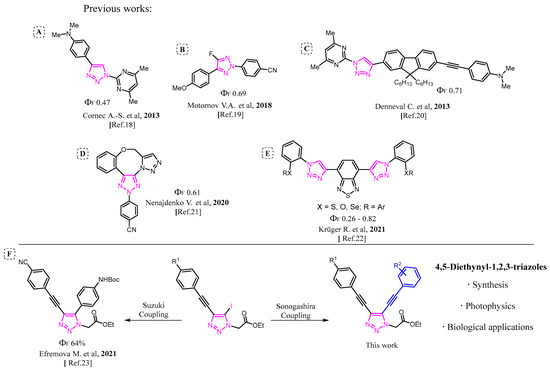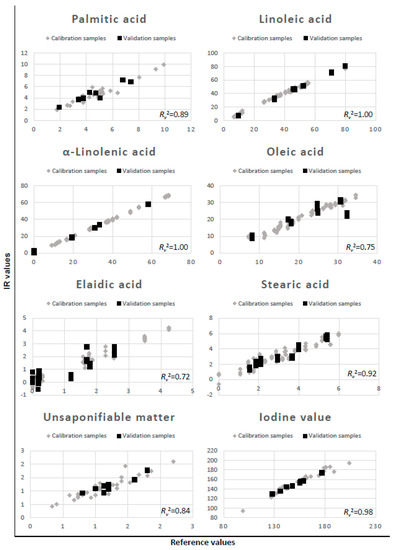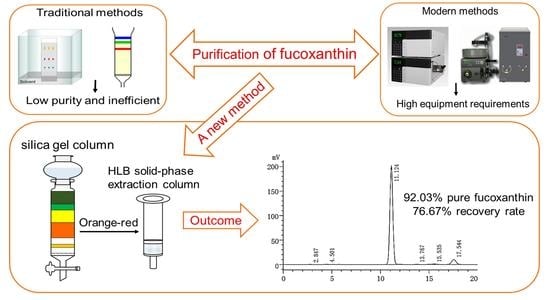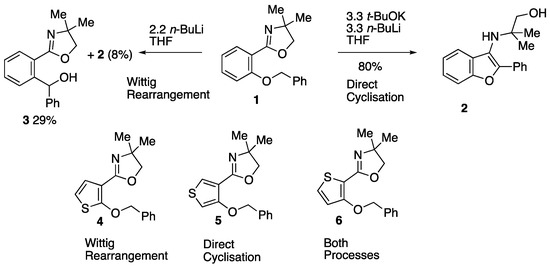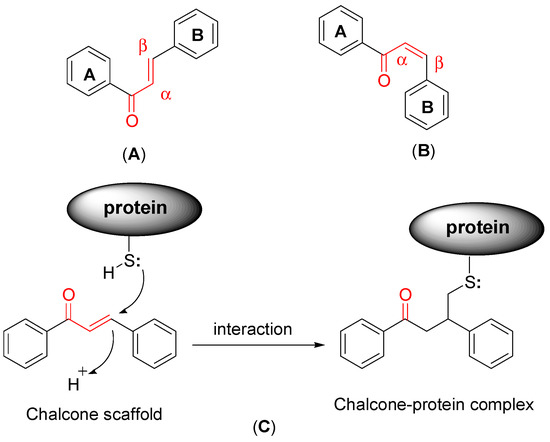Molecules 2022, 27(10), 3194; https://doi.org/10.3390/molecules27103194 - 17 May 2022
Cited by 100 | Viewed by 9773
Abstract
Neuroinflammation, a protective response of the central nervous system (CNS), is associated with the pathogenesis of neurodegenerative diseases. The CNS is composed of neurons and glial cells consisting of microglia, oligodendrocytes, and astrocytes. Entry of any foreign pathogen activates the glial cells (astrocytes
[...] Read more.
Neuroinflammation, a protective response of the central nervous system (CNS), is associated with the pathogenesis of neurodegenerative diseases. The CNS is composed of neurons and glial cells consisting of microglia, oligodendrocytes, and astrocytes. Entry of any foreign pathogen activates the glial cells (astrocytes and microglia) and overactivation of these cells triggers the release of various neuroinflammatory markers (NMs), such as the tumor necrosis factor-α (TNF-α), interleukin-1β (IL-1β), interleukin-1β (IL-10), nitric oxide (NO), and cyclooxygenase-2 (COX-2), among others. Various studies have shown the role of neuroinflammatory markers in the occurrence, diagnosis, and treatment of neurodegenerative diseases. These markers also trigger the formation of various other factors responsible for causing several neuronal diseases including Alzheimer’s disease (AD), Parkinson’s disease (PD), Huntington’s disease (HD), multiple sclerosis (MS), ischemia, and several others. This comprehensive review aims to reveal the mechanism of neuroinflammatory markers (NMs), which could cause different neurodegenerative disorders. Important NMs may represent pathophysiologic processes leading to the generation of neurodegenerative diseases. In addition, various molecular alterations related to neurodegenerative diseases are discussed. Identifying these NMs may assist in the early diagnosis and detection of therapeutic targets for treating various neurodegenerative diseases.
Full article
(This article belongs to the Special Issue Molecular Targets for Anti-inflammatory Therapy)


